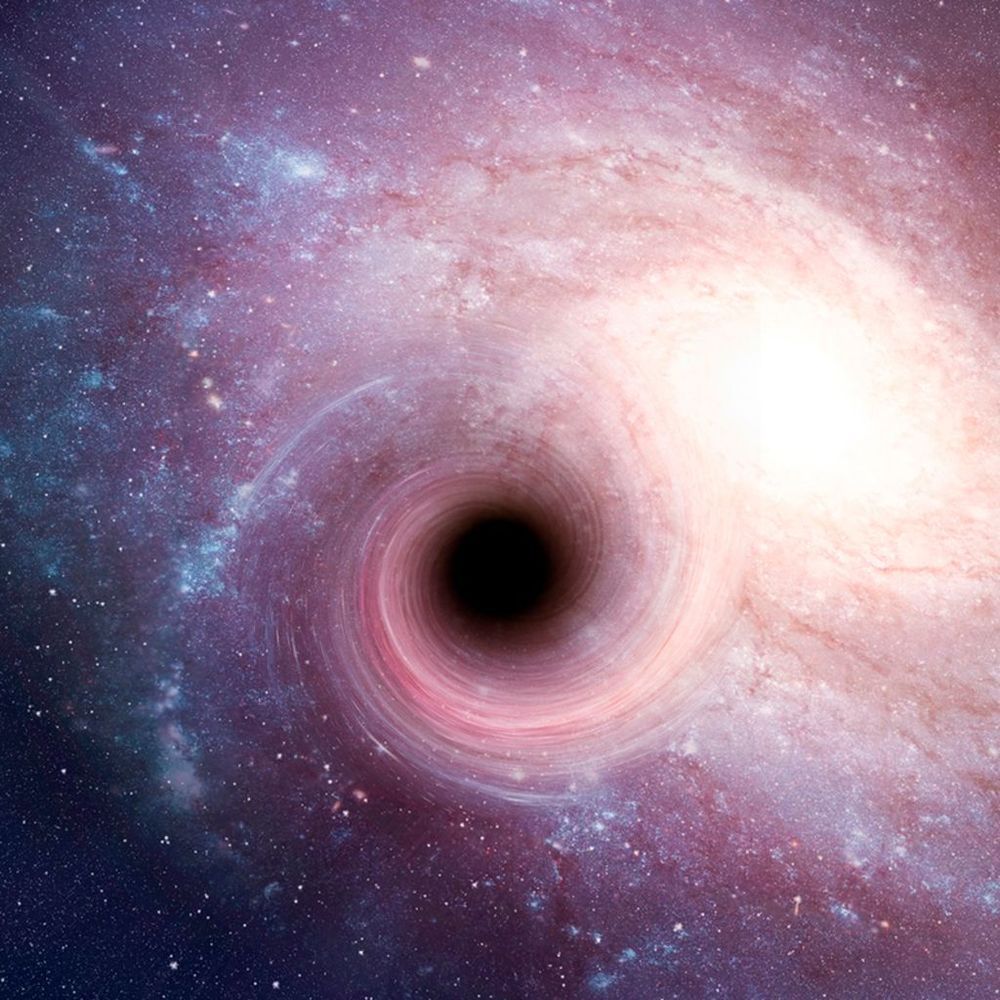A googolplex is 1010^100, where the exponents are solved from the right. The exponentiation symbol (^) means the number just to the left multiplied by the left number’s self the number just to the right number of times. If the left number is 10, that means 1 followed by the right number of zeros. That is 10googol=1010,000,000,000,000,000,000,000,000,000,000,000,000,000,000,000,000,000. So the answer to your question is a-googolplex-and-1=(1010^100)+1.
Page 8822
May 14, 2019
Moss capable of removing arsenic from drinking water discovered
Posted by Quinn Sena in category: sustainability
Circa 2018
A moss capable of removing arsenic from contaminated water has been discovered by researchers from Stockholm University. And it happens quickly — in just one hour, the arsenic level is so low that the water is no longer harmful for people to drink. The study has been published in the journal Environmental Pollution.
The aquatic moss Warnstofia fluitans, which grows in northern Sweden, has the ability to quickly absorb and adsorb arsenic from water. The discovery allows for an environmentally friendly way to purify water of arsenic. One possible scenario is to grow the moss in streams and other watercourses with high levels of arsenic.
Water in mining areas often contaminated
Continue reading “Moss capable of removing arsenic from drinking water discovered” »
May 14, 2019
Researchers successfully sent a simulated elementary particle back in time
Posted by Quinn Sena in categories: cosmology, particle physics, quantum physics
The results are fascinating and spur the imagination, but don’t start investing in flux capacitors yet. This experiment also shows us that sending even a simulated particle back in time requires serious outside manipulation. To create such an external force to manipulate even one physical particle’s quantum waves is well beyond our abilities.
“We demonstrate that time-reversing even ONE quantum particle is an unsurmountable task for nature alone,” study author Vinokur wrote to the New York Times in an email [emphasis original]. “The system comprising two particles is even more irreversible, let alone the eggs — comprising billions of particles — we break to prepare an omelet.”
A press release from the Department of Energy notes that for the “timeline required for [an external force] to spontaneously appear and properly manipulate the quantum waves” to appear in nature and unscramble an egg “would extend longer than that of the universe itself.” In other words, this technology remains bound to quantum computation. Subatomic spas that literally turn back the clock aren’t happening.
Continue reading “Researchers successfully sent a simulated elementary particle back in time” »
May 14, 2019
Artificial intelligence is helping old video games look like new
Posted by Quinn Sena in categories: entertainment, robotics/AI
May 14, 2019
Indeterminate nature: the resurgence of quantum biology
Posted by Quinn Sena in categories: biological, quantum physics
A melding of biology and physics first suggested in the 1920s is enjoying a revival as evidence mounts. Stephen Fleischfresser reports.
May 14, 2019
Physicists invent flux capacitor, break time-reversal symmetry
Posted by Quinn Sena in categories: futurism, quantum physics
In the popular movie franchise “Back to the Future”, an eccentric scientist creates a time machine that runs on a flux capacitor.
Now a group of actual physicists from Australia and Switzerland have proposed a device which uses the quantum tunneling of magnetic flux around a capacitor, breaking time-reversal symmetry.
The research, published this week in Physical Review Letters, proposes a new generation of electronic circulators, which are devices that control the direction in which microwave signals move.
Continue reading “Physicists invent flux capacitor, break time-reversal symmetry” »
May 14, 2019
Neutrinos Linked With Cosmic Source for the First Time
Posted by Quinn Sena in category: cosmology
High-energy neutrinos have been traced back to a flaring supermassive black hole known as a blazar. The long-sought link opens the door to an entirely new way to study the universe.
May 14, 2019
Can faster-than-light particles explain dark matter, dark energy, and the Big Bang?
Posted by Quinn Sena in categories: cosmology, particle physics
A new theory proposes that faster-than-light particles known as tachyons could answer a lot of questions about the universe, writes Robyn Arianrhod.
May 14, 2019
The Kardashev Scale – Type I, II, III, IV & V Civilization
Posted by Quinn Sena in category: alien life
We have reached a turning point in society. According to renowned theoretical physicist Michio Kaku, the next 100 years of science will determine whether we perish or thrive. Will we remain a Type 0 civilization, or will we advance and make our way into the stars?
Experts assert that, as a civilization grows larger and becomes more advanced, its energy demands will increase rapidly due to its population growth and the energy requirements of its various machines. With this in mind, the Kardashev scale was developed as a way of measuring a civilization’s technological advancement based upon how much usable energy it has at its disposal (this was originally just tied to energy available for communications, but has since been expanded).
The scale was originally designed in 1964 by the Russian astrophysicist Nikolai Kardashev (who was looking for signs of extraterrestrial life within cosmic signals). It has 3 base classes, each with an energy disposal level: Type I (10¹⁶W), Type II (10²⁶W), and Type III (10³⁶W). Other astronomers have extended the scale to Type IV (10⁴⁶W) and Type V (the energy available to this kind of civilization would equal that of all energy available in not just our universe, but in all universes and in all time-lines). These additions consider both energy access as well as the amount of knowledge the civilizations have access to.
Continue reading “The Kardashev Scale – Type I, II, III, IV & V Civilization” »
May 14, 2019
A laser system built on principles of supersymmetry
Posted by Quinn Sena in categories: mathematics, particle physics
A team of researchers from the University of Central Florida and Michigan Technological University has developed a laser system concept built on the principles of supersymmetry. In their paper published in the journal Science, the group reports that their system is meant to solve the problem of producing more light with a compact laser system. Tsampikos Kottos with Wesleyan University has written a Perspective piece on the work done by the team in the same journal issue.
Kottos points out that there are a lot of physics applications that require use of a compact laser system that also has high-output power requirements. To fulfill this need, many physicists have taken to combining multiple lasers into an array. Unfortunately, this approach suffers from the production of a lesser-quality beam. Kottos notes that one way to overcome this problem is to use selective amplification of a single mode—but doing so has its own drawbacks. In this new effort, the researchers have come up with a different approach—one based on the principles of supersymmetry.
Supersymmetry is a math-based theory that describes the relationship between bosons and fermions—it suggests that for every known elementary particle, there has to be a much heavier “super partner.” To build a new kind of laser system, the researchers used this idea to create a stable array of semiconductor lasers that together offer the power needed for prospective applications. More specifically, they designed a system that emphasizes the fundamental mode by suppressing higher-order modes. They did this by pairing them with low-quality modes—their lossy super-partners. The idea was for the array to support them such that they were phase-matched with the higher order modes.
Continue reading “A laser system built on principles of supersymmetry” »
















